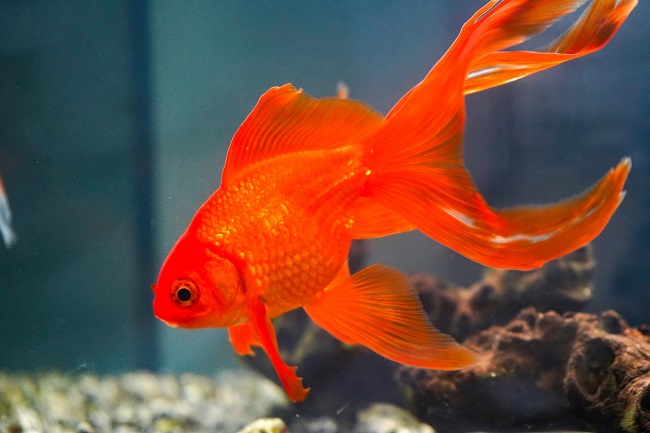Fish can be wonderful pets, bringing a touch of serenity and color to your home. However, when contemplating bringing a finned friend into your life, one important question to consider is: “How much do fish cost?”
The expense extends beyond just purchasing the fish themselves and includes the cost of their habitat, food, and ongoing care. In this comprehensive guide, we’ll explore the costs associated with owning fish as pets.

The Cost of Fish
The price of fish can vary significantly based on species, size, and rarity. A common goldfish may cost as little as $1, while more exotic species, such as a Discus or Flowerhorn, can cost several hundred dollars.
Read Also:
The Cost of Fish Tanks and Equipment
To keep your fish healthy and happy, you’ll need a suitable environment for them. This means purchasing a fish tank, along with all the necessary equipment. Here’s what you might need:
Aquarium: Prices can range from $30 for a small tank to several hundred dollars for large, custom-built aquariums.
Filter: A filter is essential for maintaining water quality. These can cost between $15 and $200, depending on tank size and filter type.
Heater: Tropical fish require a heater to maintain optimal water temperatures. Heaters typically cost between $10 and $50.
Lighting: Good lighting enhances the visual appeal of your aquarium and supports plant life. Aquarium lighting can range from $10 to $300.
Decorations and Plants: From rocks and castles to live or synthetic plants, these aesthetic touches help to create a stimulating environment for your fish. Expect to spend anywhere from $20 to $100.
Air Pump: While not necessary for all tanks, an air pump can promote better oxygen circulation. Air pumps usually range from $10 to $40.
Testing Kits and Water Treatments: Regular testing of water conditions is vital, with kits typically costing around $15-$30. Water treatments to balance pH and control ammonia, nitrate, and nitrite levels are also essential, usually costing around $10 each.
The Cost of Fish Food
Fish food is a recurring expense and varies depending on the type of fish. Flaked or pelleted food is typically affordable, often costing between $5 and $15 per container. Specialized diets, like frozen or live food, can cost more.
The Cost of Maintenance
Keeping your fish’s environment clean is critical to their health. While some maintenance costs are factored into the initial setup, like purchasing a gravel vacuum or algae scrubber, others are ongoing, like replacement filter cartridges and water treatments.
Depending on your aquarium size and type, you could spend anywhere from $10 to $50 per month on maintenance.
The Cost of Fish Health Care
Just like any pet, fish can become ill and require medical care. Treatments for common fish diseases usually cost between $10 and $20. However, more serious conditions may require consultation with a specialized vet, leading to higher costs.
Read Also:
Conclusion
When asking, “how much do fish cost?”, it’s important to consider the full picture. While the upfront costs can be relatively high due to tank setup and equipment, the ongoing costs for food and maintenance are usually manageable.
However, the prices can vary significantly depending on the species of fish, the size of the aquarium, and the complexity of the setup.
Fish can be delightful pets, and with the proper budgeting and preparation, they can also be an affordable choice for many households.
























